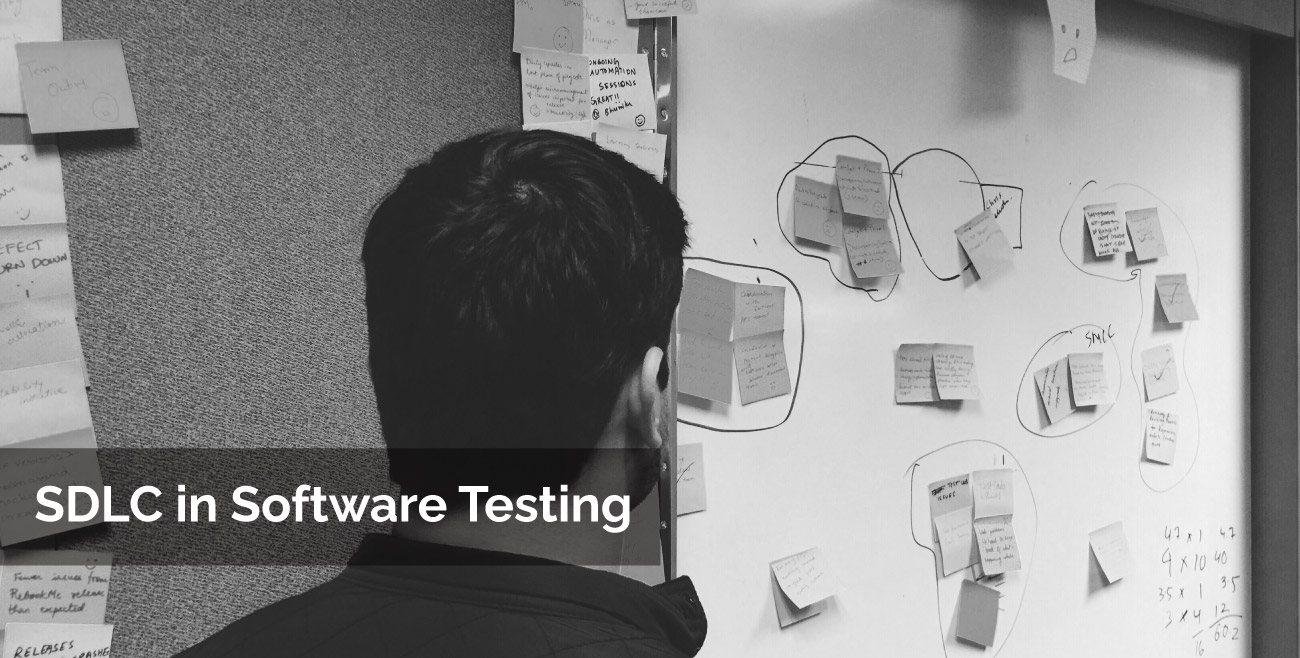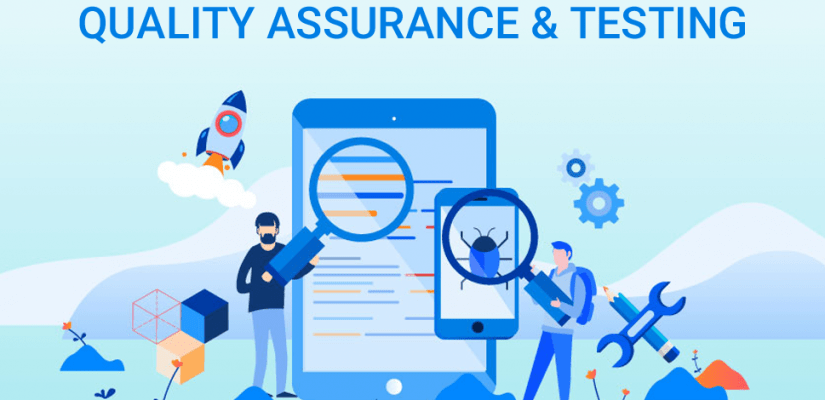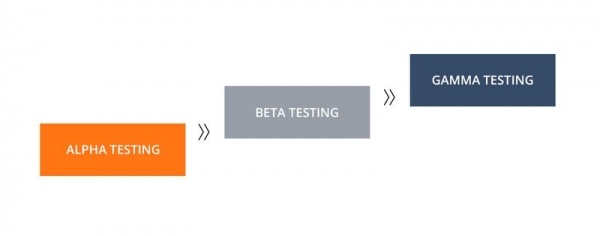Introduction
Software Development Life Cycle (SDLC) is crucial for Software development because it breaks the tedious process into easier stagewise development phases.
A software testing services company prefers to begin SDLC in Software Testing at the development stage itself. This gives them more time to understand the software and its basic functionalities. When both the Software development and testing team works in coordination, they deliver more reliable products through trusted and accurate Testing results.
Understand the core of SDLC
Before we try to understand the real depth of SDLC, we have to understand the five aspects: inception, design, implementation, maintenance, and audit that include the assessment and the risk management plan. It is a process used by many software industries to design, develop and test high-quality software to exceed customer expectations, reach completion within time and reduce costs. The design factor includes the interface design of the contractors, proof of concept, Where the actual testing involves automated testing, user testing, prototype, and unit testing to ensure that there is proper system integration. This also looks at the non-functional requirements of the SDLC testing, that is, project initiation that includes stakeholder interviews, risk analysis, budget management, and project management to ensure optimum utilization of resources is done. To understand the depth of a software testing company concerning SDLC testing, we must understand quality assurance, quality control and testing because it determines the usability functionality of a particular application. It consists of a detailed plan that explains the planning, building, and maintenance of specific software and installation and deployment procedures. It also determines solving bugs, upgrades, and maintaining engagement to build a proper system through coding programming language that gives efficient results.
So why SDLC?
Firstly, it offers a basis for project planning, scheduling, and estimating with a project tracking and control mechanism. A proper planning and requirement project will help in product visit feasibility to study the technical approaches with minimum risk. It also enhances and increases the development speed and improves the client relations with the company. It provides a framework of standard tools for identifying requirements, their implementation, and software deployment and other activities. It also helps to devise a project that is free from any risks, and teamwork is ensured. A perfect standard set of activities and deliverables are available that will eventually increase the company’s visibility to the stakeholders involved in the business.
We must understand the software development cycle because it involves creativity – brainstorming ideas to target the particular audience, requires interaction with the stakeholders for proper documentation requirements, and maintains designs so that the user interface is appealing to the eyes, development where the programming reprogramming takes place. Then the testing phase, whether evaluation on the finding in the fixing of bugs is done. The deployment face is where all the operational changes are made in a specific environment. Then there is a lot of updating and supporting of the software required to be done so that a correct product is delivered in the market. If the maintenance is not done properly, it can affect the company’s reputation. In the development cycle, there is a certain concept to apply a range of hardware and software configurations that can build customer experience based on customer requirements by delivering the perfect product through correct planning and a successful approach.
Benefits of SDLC in Software Testing
It can’t be stressed enough about how important and necessary the Testing process is while the product development stage.
- It helps to understand the functionality of the software and familiarises the Tester with the system’s complexities.
- The loopholes and errors in the building structure of the system and codes are diagnosed at the initial testing stages. Hence, when combined with testing, SDLC saves a lot of time that they might have spent on bug finding.
- It reduces the risks of security and cyber threats tremendously and saves the system from unidentified external attacks.
- Because the bugs and other defects are highlighted at an early stage of Software development, it proves to be cost-saving compared to the testing costs that come after the completion of a project.
- Testing through the Software development stage ensures a robust and high-quality product. The quality assurance testers detect and address the flaws instantly.
- Close coordination between the development and testing team makes sure that the system doesn’t have any hidden virus at any stage.
- It makes sure that the app’s performance is up to the mark and the users experience no glitches.
- Software Development Life Cycle with Software Testing ensures that you get an application or software product free from bugs, unaffected functionality, high performance with a great user-friendly interface, and gives an overall terrific user experience.
Hire a trusted Software Testing consultancy
Not all software and application development firms have testing teams. It’s better to outsource the Testing work to an experienced Software Testing firm or consultancies like HikeQA, which offers all the Testing services for mobile and website apps. We use various high-end and latest automated testing tools and manual testing techniques to deliver you a robust, bug–free product.

















